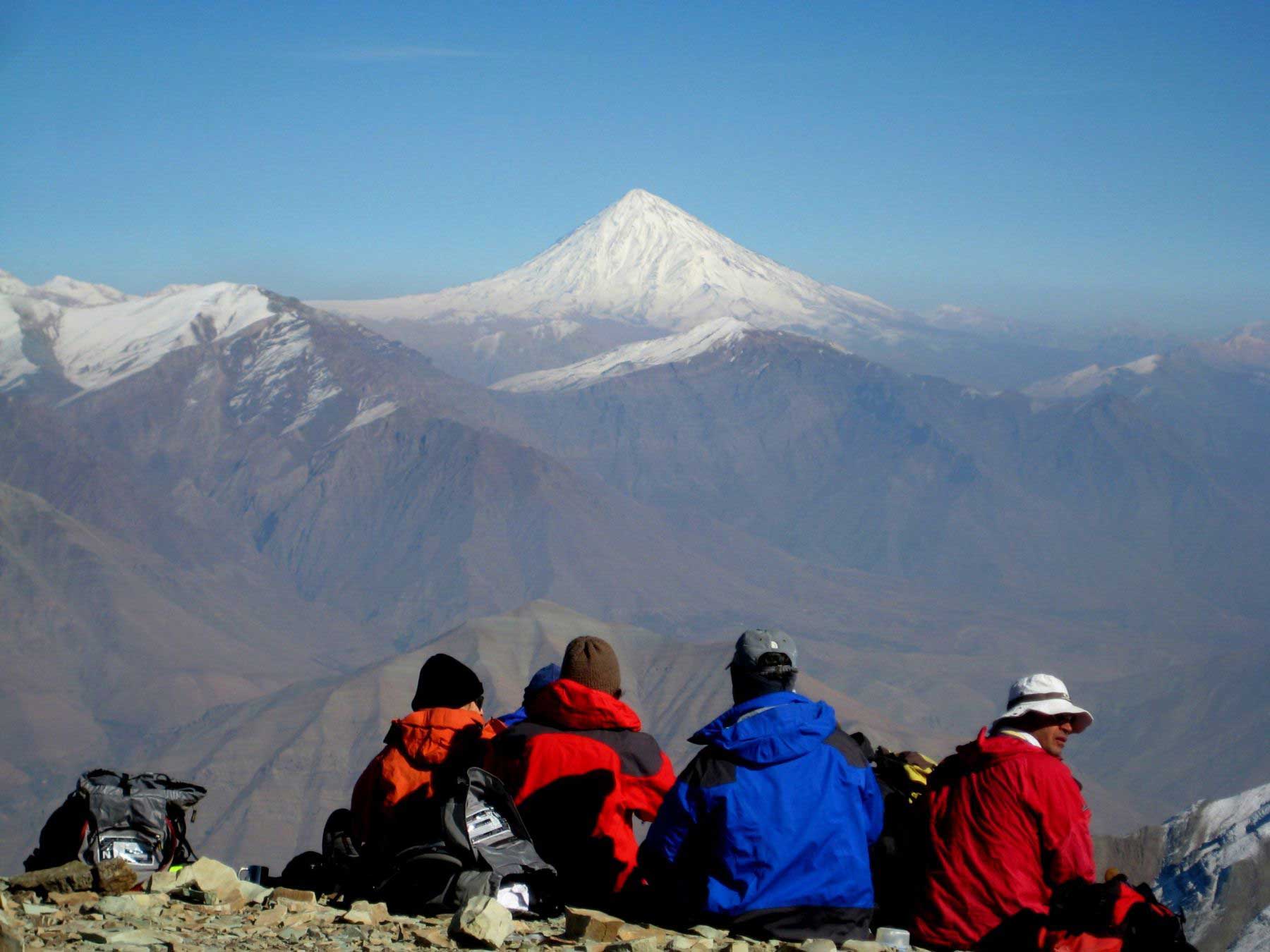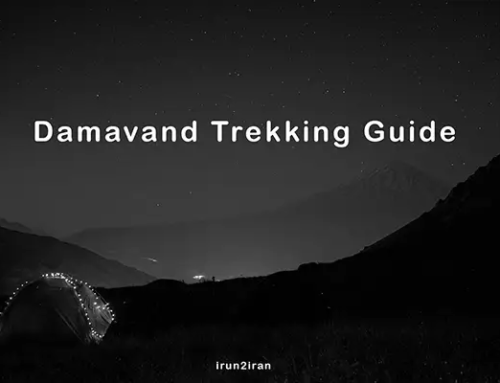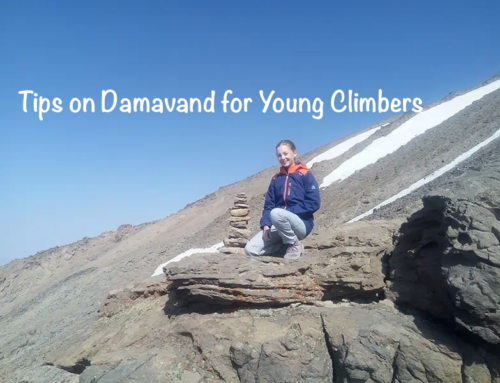Mount Damavand: A Guide to Iran’s Tallest Peak
Are you looking for a new and exciting adventure? Look no further than Mount Damavand! Towering at 5,671m, 18606 ft above sea level, Mount Damavand, famous as the roof of Iran, is the highest peak in Iran, the highest volcano in Asia, the second prominent peak in Asia after Mount Everest, and the highest cone-shaped mount in the world.
Mount Damavand is a majestic and awe-inspiring natural wonder that has captured the hearts and imaginations of Iranians for centuries. Whether you’re an experienced mountaineer or simply looking for a new challenge, climbing Mount Damavand is an unforgettable experience that will test your physical and mental limits while rewarding you with stunning views of the surrounding landscape. So, are you ready to take on the challenge of Mount Damavand?
To visit Mount Damavand, don’t hesitate to look into Damavand Climbing Routes or Damavand Photo Gallery.
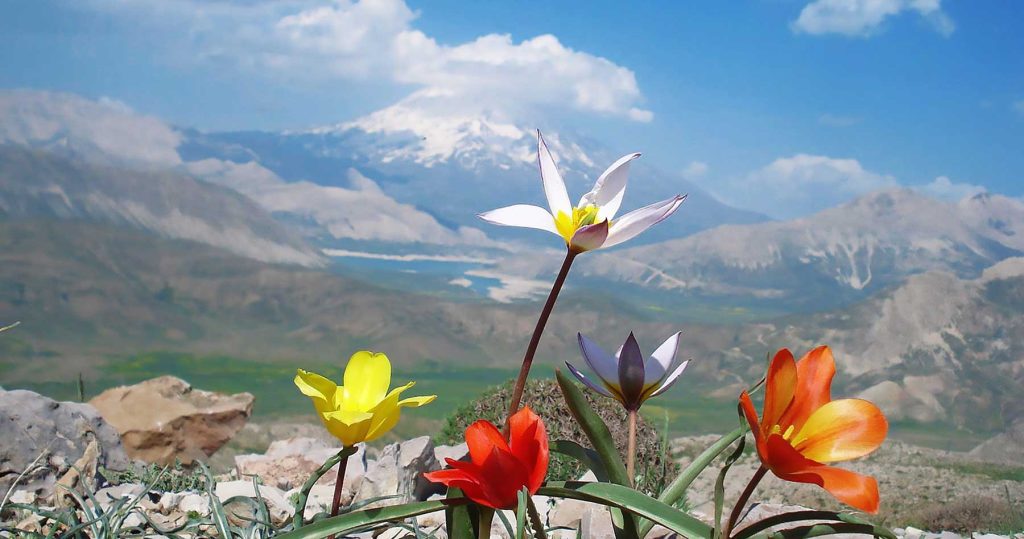
Where is Mount Damvand?
Mount Damavand is located in the Alborz Mountain Range in northern Iran. It is 70km far from Tehran, 60km from Amol and 25km from Damavand city.
How to get to Mount Damavand for climbing?
From Tehran, the capital of Iran it takes approximately two hours to reach the base of the mountain by car. There are at least 16 known routes to the summit, with varying levels of difficulty. Some of them are dangerous and require rock climbing but 4 routes are the most popular:
- North flank
- Northeast flank
- West flank
- South flank
The most popular and less technical route is the southern route beginning in the village of Polour and after about six to eight hours you reach the summit. There are shelters and huts on all the routes, however, the biggest and most important shelter called Bargah Sevom is located on the South route. Check Mount Damavand Routes and photos.
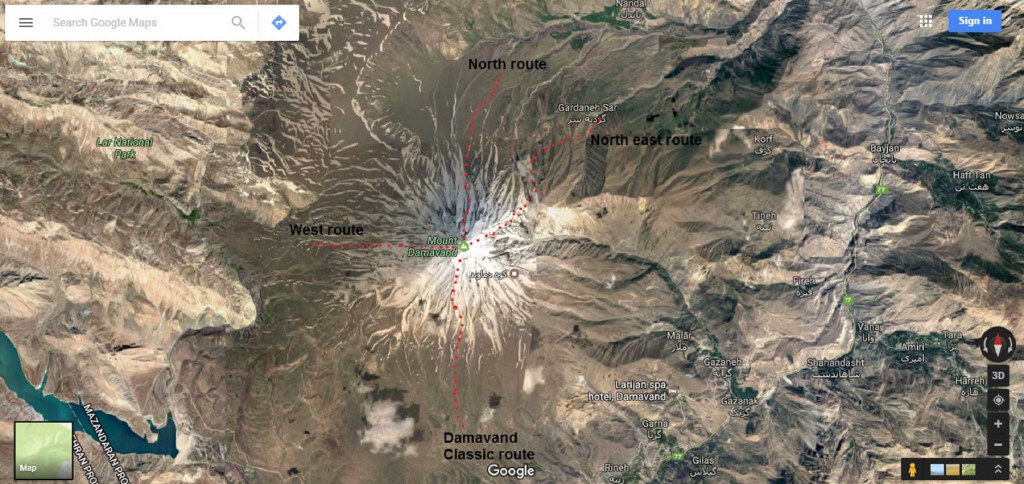
When is the best time to climb Mount Damavand?
Wind speed and storm in Mount Damavand is usually more than 100 km/h in winter, while this speed reduces to 50 km/h in summer. The winds are usually from the west and northwest of Damavand. The annual rainfall is about 1,400 mm, which usually occurs in the form of snow in the upper parts of the mountain.
Due to the relative weather stability, greenery of the area and the abundance of water on the slopes, Mid-June to mid-September is considered the best time to climb Damavand. During the winter months, the mountain is covered in snow and ice, making it much more difficult to climb.
Read also: Damavand in 5 Days Climbing Package
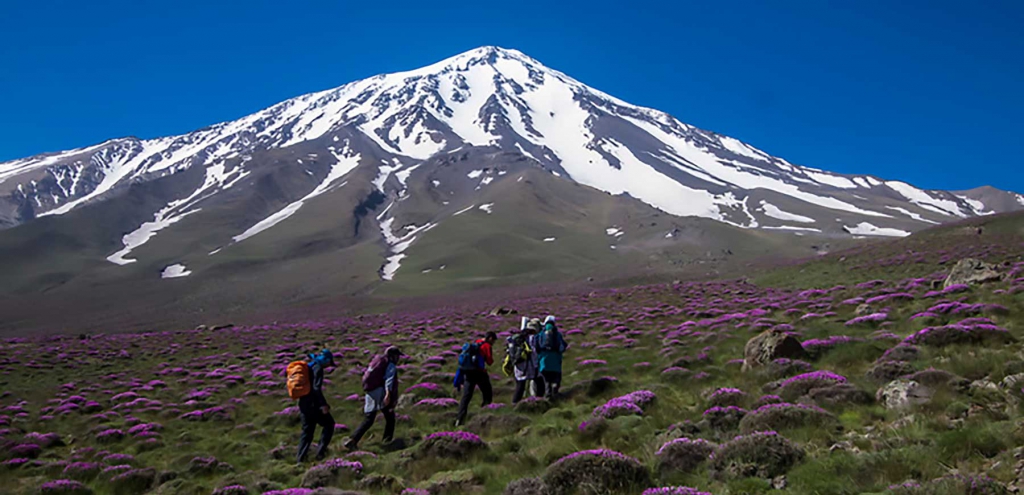
Geology and Volcanic Activity of Damavand
Mount Damavand is a stratovolcano, which means that it is composed of layers of ash, lava, and other volcanic materials. The mountain is an active volcano, though it has not erupted in recorded history. The last eruption is estimated to have occurred around 7,300 years ago. The sulfur springs and fumaroles on the mountain are evidence of its ongoing geothermal activity. Here are some of the features of this volcano:
- Summit Crater: Damavand Volcano has a summit crater that measures approximately 150 meters in diameter and 20 meters in depth. The reward for making Damavand to the top is the stunning panoramic view of the surrounding landscape that can be seen from the crater’s rim.
- Mineral Hot Springs: The hot water coming out on the slopes indicates the presence of magma beneath the volcano. The most important hot springs are located in Abgarm village in Larijan in Lar Valley. The water from these springs is curative in the treatment of chronic wounds and skin diseases. The other place in Iran where you can use mineral spas is Sarein.
- Natural Glaciers: Mount Damavand possess the largest and longest glacier in Iran, extending from approximately 3,500 meters up to just below the summit on the east and northeast flanks. The mountain’s northern flank features two large glaciers, which make this route colder than other routes. Additionally, a small glacier is located on the south flank, and another small glacier is situated above the icefall. The western part of the mountain also has several smaller glaciers. The summit crater of Mount Damavand contains a small glacier, mostly frozen, forming a frozen lake.
- Flora and Fauna: Mount Damavand is the habitat of a variety of plant and animal species, many of which are endemic to the region. The lower slopes of the mountain are covered in forests of oak, beech, and maple, while the higher elevations are characterized by alpine meadows and tundra. The mountain is also home to several species of mammals, including wolves, bears, and wild goats.
Read also: Damavand in 3 Days Climbing Package
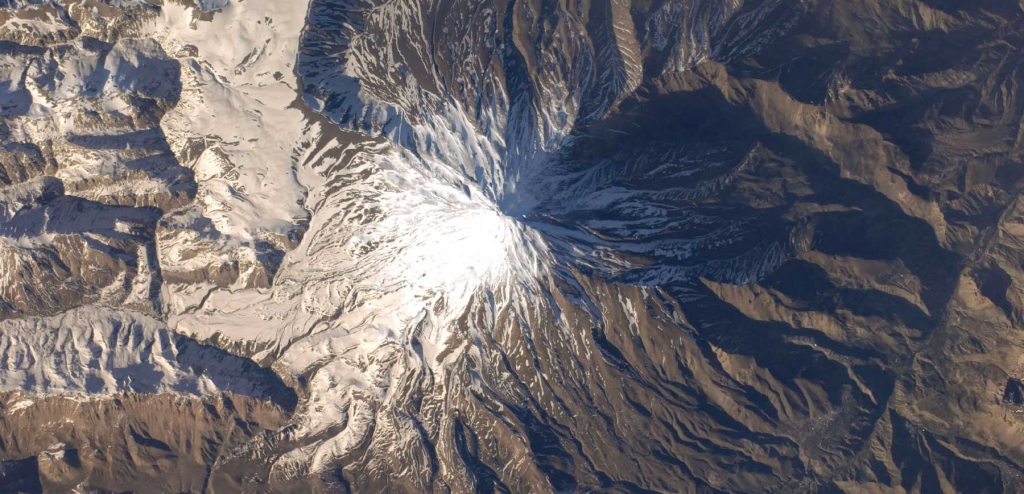
How accommodation at Damavand can be?
Depending on the specific location and route that climbers choose to take, the accommodation options at Mount Damavand may vary. However, in general, the accommodation can range from basic mountain huts to lodges and hotels.
At the base of the mountain, there are several villages where climbers can find guesthouses, hostels, or even hotels. These accommodations may not be luxurious but provide basic amenities such as hot water and electricity. For climbers who decide to stay on the mountain overnight, there are several mountain huts that offer basic shelter and facilities such as beds, blankets, and cooking equipment. These huts require reservations in advance.
Read also: Damavand in 6 Days Climbing Package
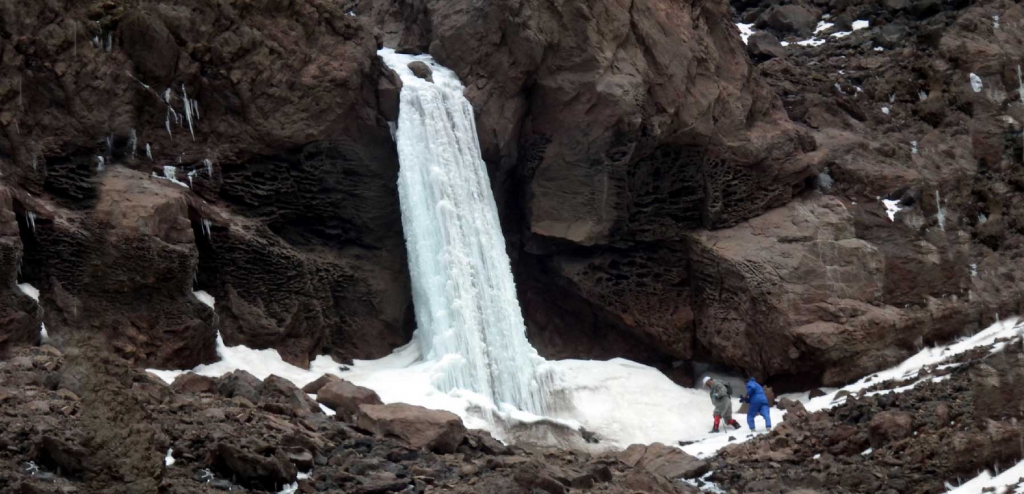
Damavand in Persian Mythology & Literature
Mount Damavand has played an important role in Iranian culture and history. The mountain has been the subject of many poems, songs, and stories throughout the centuries, and it continues to inspire artists and writers today. This majestic volcano had a significant role in mythology for centuries, and it is considered a symbolic place by the Iranians. According to Persian mythology, Mount Damavand was the home of the legendary hero, Fereydun, who defeated the evil king Zahhak and restored peace to the land.
What other mountains to climb in Iran after Damavand?
Our Mount Damavand climbing package offers a unique opportunity to explore the stunning natural beauties of this peak. Iran is a country with diverse geography and many other mountains to climb after Mount Damavand. Here are some of the popular mountains in Iran that climbers may be interested in climbing:
Alam-Kuh: Located in the Alborz mountain range, Alam-Kuh is the second-highest peak in Iran and is known for its challenging climbing routes on its great wall.
Sabalan: Located in the northwest of Iran, Sabalan is a volcanic mountain with three peaks with stunning landscapes. You can start your adventure to Sabalan from Ardabil.
Dena: Located in the Zagros mountain range, Dena is a popular mountain for trekking and climbing, with several peaks over 4,000 meters. You can start your adventure to Dena from Shiraz.
Zard-Kuh: Located in the Zagros mountain range, Zard-Kuh is the highest peak in the Zagros range and is known for its challenging climbing routes.
After Damavand you can also go for a nice desert trekking and camping in Maranjab Desert to explore the sand dunes, observe the desert wildlife, and camp overnight under the starry sky.
These are just a few examples of the many adventure activities that you can do in Iran. You can check other adventures you can have in Iran on this page: Iran Adventure Tours.
Let us know your experiences of climbing or your questions about Mount Damavand in the comment box below, we will be happy to hear from you!


